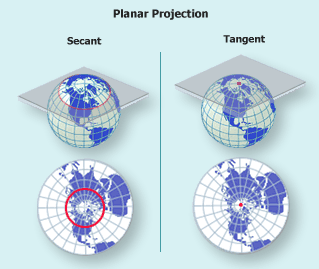This kingdom contains all single celled organisms in which there is a distinct nucleus enclosed in a membrane, and in which there are also other discrete organelles, such as mitochondria and endoplasmic reticula. It includes all those microscopic organisms, such as amoeba and paramecium that were once regarded as single celled animals and placed in the phylum Protozoa. It also includes the slime moulds. The large sea weeds that is also included in the Protoctista because, although they are multi cellular organisms, their cells are all alike and not easily differentiable from single celled algae.
The sea weeds include species with fronds many meters long and made up of millions of cells, but they are included with the single celled organisms in the Protoctita because their cells are all more or less alike. Some biologists regard the seaweeds as assemblages of cells rather than true multi cellular organisms. There are three major groups or phyla- the green sea weeds (Chlorophyta), the brown sea weeds (phaeophyta) and the red sea weeds (Rhodophyta). All contains chlorophyll and make their food by photosynthesis, but the brown and red seaweeds contain other pigments that mask the chlorophyll. They have a variety of reproductive strategies.










